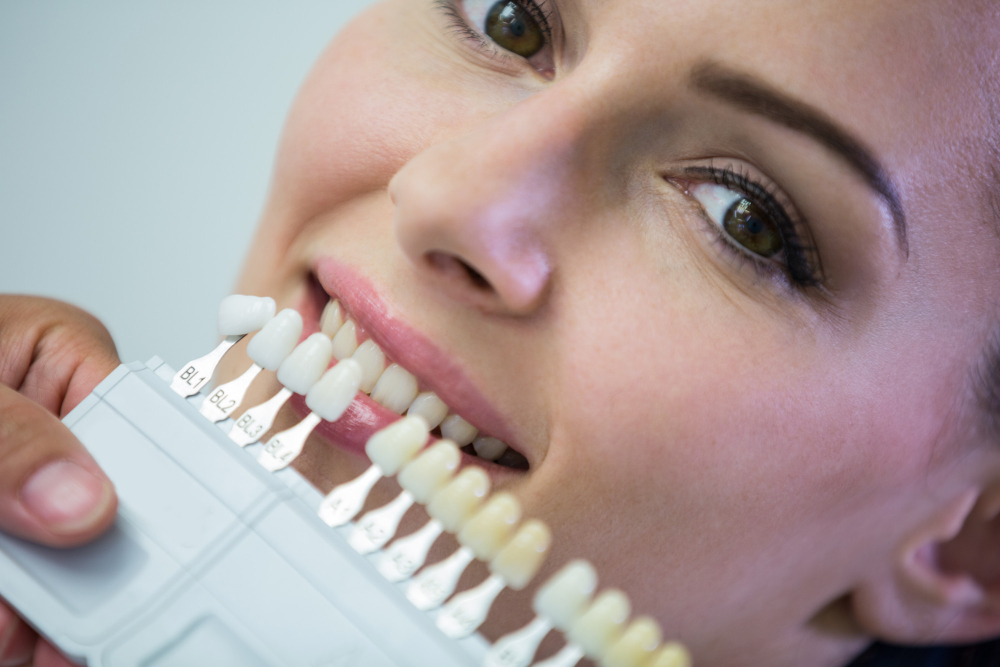Getting your tooth replaced can be a scary decision to have to make. However, I’m here to tell you that modern medicine has made this daunting task, incredibly easy. It was only twenty years ago that cavities would be filled in by an unflattering mixture of liquid mercury, silver, tin, and copper.
Only ten years ago did it become common place for people to have their tooth entirely replaced. So, we should all give ourselves some slack for any confusion or nervousness we feel when broaching the subject of tooth replacement. That’s why in this comprehensive article, I’m going to break down my three favorite tooth replacement options that are available today.
-
Dental Implants
We’ve recently been working with a local SEO consultant who has helped us understated meta and title tags along with on page tips. They’ve also advised us to provide detailed information that focuses on current technological trends in the medical field. Dental implants are exactly that, as in the last decade, these sturdy replacement teeth have become the go-to solution for dentists all across the world.
While the specific technology being used is more recent, dental implants have been around since nearly two thousand BCE. They’ve certainly evolved a lot over those four thousand years as the newest dental implants are perfectly designed to “support the surrounding teeth and stimulate natural formation of bone.” With a ninety-seven percent success rate, you can rest easy knowing that dental implants are a great first option.
There are two noteworthy negatives to choosing a dental implant. To replace the tooth with a dental implant, the dentist must screw the fake tooth into the jawbone. While there isn’t a risk of injuring the jaw itself, there is a significant healing time associated with the procedure. In addition, there is a small chance that the area can become infected and would require medical assistance. This is an invasive surgical procedure which means that there is some risk involved, though it’s at this point that I will remind the reader of the ninety-percent success rate of these implants.
The second negative when considering a dental implant is the cost associated with the surgery. Implants are one of the most expensive replacement options. With the cost sitting somewhere between three to six thousand dollars.
-
Tooth-Supported Bridge
This non-surgical option is more cost effective and less time intensive than the dental implant option. In essence, tooth-supported bridge’s use the nearby teeth to hold the implant in place. Rather than screwing the tooth into the jaw, they fasten the implant with the surrounding teeth to create a strong bond. This option still provides a natural look that is realistic and is completed over the course of a few visits. Unlike dental implants, this procedure isn’t invasive, so the recovery time is much shorter. However, there are some real shortcomings to consider.
While the cost is cheaper in the short term for tooth-supported bridges, the long-term cost might be higher. Due to the structure of the bridge, it can be difficult to properly clean your teeth effectively. Food particles may slip under the bridge and become difficult to remove. If these crumbs are not addressed this can lead to infection and possible bone loss. While this is manageable, it requires someone who cleans their teeth consistently and thoroughly. This means that if you often skip flossing duty, you may want to consider another option.
Additionally, the dental procedure requires the dentist to file down the adjacent teeth so that they can apply crowns that will enable the implant to fit snuggly. This tooth sanding has been shown to raise the risk of infection. Which could lead to more dentist visits and a larger bill at the end of the day. Tooth-supported bridge can be a cost friendly option, but it’s worth deliberation whether you’ll really save in the long run by choosing the more cost friendly option now.
-
Removable Partial Dentures
Removable partial dentures are the most cost-effective option on this list and are also the least likely to cause dental issues down the line. They are easy to install and do not require several visits to your dentist. They use two metal clasps that wrap around rooted teeth and hold the fake teeth in place. There is no surgical aspect to this procedure, and the dentures are often very easy to replace or fix. Removable partial dentures are less so a permanent solution that you never need to think about again. They are a piece of technology that you will need to manage on a daily basis.
Partial dentures require a thorough cleaning on a daily basis and must be removed before sleeping. Both of these steps are not particularly difficult, they just require someone to build up consistent patterns. If you tend to be forgetful or have a constantly changing schedule, you may find partial dentures frustrating to manage.
I will also note that I’ve been told by many people that they find the removable dentures uncomfortable. While this discomfort is something you may get used to over time, it won’t ever fully go away. Similarly, other people may notice that you are wearing dentures since there are visible metal clasps on your teeth. Though they’d have to probably be really staring at your teeth to tell.
In Conclusion
While there are downsides to any tooth replacement option, the possible solutions are so much better than they ever have been before. Dental implants are sturdy and consistent, while partial dentures provide great quality at a manageable price.
The tooth-supported bridge marks a nice middle ground, providing some cost savings while blending in with the other teeth. There’s no doubt proper flossing and consistent brushing is the best way to keep a great smile, but investing in quality tooth replacement is a perfect second choice.

